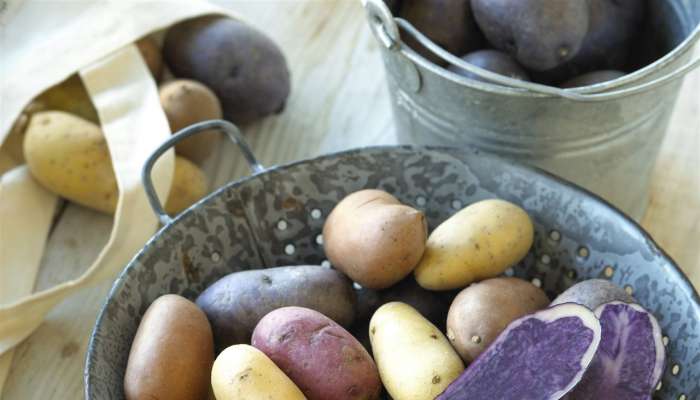
It is recommended by nutrition experts that fruits and vegetables should be part of everyone's daily eating pattern. However, only one in 10 person meets the recommendations for fruit and vegetable intake according to the Centers for Disease Control (CDC) based in the US. Confusion around the Glycemic Index (GI) and its dietary implications may be another barrier to adequate consumption.
"The GI has been around for 40 years," explains US based dietitian Constance Brown-Riggs. "Its intention is to indicate with a single number how quickly a food will cause a rise in glucose in the bloodstream, and it can be used by people who want to achieve weight loss or by people with diabetes for choosing which carbohydrate-containing foods to eat. However, the GI doesn't give the full picture, and many nutrition professionals, like me, believe that it leads to misinformation about the healthfulness or nutritional qualities of foods, including fruits and vegetables."
Brown-Riggs offers her insight into the most common GI misconceptions:
Myth: High-GI foods should be avoided
Truth: Foods like potatoes, carrots, watermelon and ripe bananas have GI scores that are categorised as "high," and this score might lead people to remove them from their diets or label them as "bad" for their health. The truth is that these are nutrient-dense fruits and vegetables that should be included as part of any healthy, balanced eating plan.
Even nutrition professionals surveyed who use the GI with their patients or clients do not rule out high-GI foods completely. Three out of five strongly believe that eliminating high-GI foods and allowing only low-GI foods can cause people to exclude perfectly healthy foods from their diet, like potatoes. Potatoes should be encouraged in any diet because they are a nutrient-dense vegetable and high-quality complex carbohydrate that provides 3 grams of plant-based protein per serving, 30% of the recommended daily value of vitamin C and underconsumed nutrients including potassium (15% of the daily value) and fiber (7% of the daily value) per 5.3-oz. serving with skin.
Myth: Using the GI is the only way to select foods and plan meals
Truth: The reality is, it's more important to focus on the overall nutritional qualities of a food when building meals. It's also more practical to focus on the glycemic effect that a meal has on blood sugar rather than focus on the effects from individual foods. That means looking at carbohydrate needs and content at meals; realising how the fibre, protein or fat content of a meal can impact blood sugar; and prioritising combinations that work to meet individual goals.
"When choosing foods, it's important to consider the big picture and know that being balanced is the best approach rather than focusing on one number," says Brown-Riggs. "A versatile nutrient-dense vegetable like the potato can be prepared in so many enjoyable ways, like mashing, roasting, sautéing, steaming, grilling, baking and more. They're easy to prepare and pair with a variety of cuisines, too. Potatoes are a good carb and perfect addition to a healthful, balanced plate."
Myth: Nutrition professionals use the GI frequently with patients and clients
Truth: The GI is not a tool that the overwhelming majority of nutrition professionals use when providing dietary guidance or recommendations. Nearly three-quarters (73%) of nutrition professionals surveyed report that they do not use the GI when counselling their patients and clients; and among those who do use it, 70% do so infrequently. An overwhelming majority (83%) of nutrition professionals also report that the GI isn't part of the nutritional guidelines for food or meal selection of clients or patients in their practice.